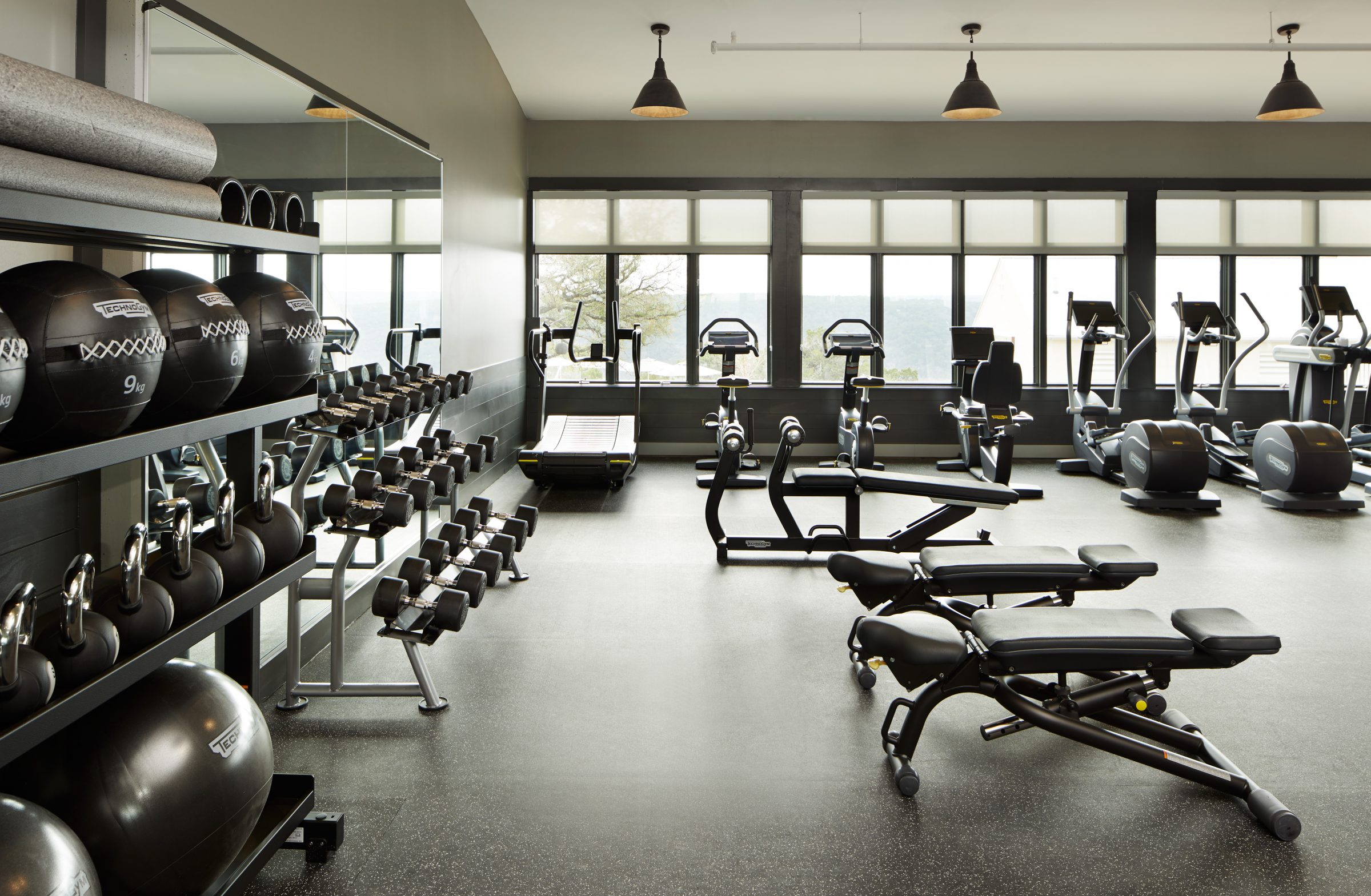
Commercial Gyms Becoming Obsolete
Regular exercise as a hobby should be convenient, affordable, and motivational, which maybe why home gyms are becoming preferable to training at local commercial gyms.
While some people benefit accomplishing their fitness goals better with more human interaction, the often changing rules and regulations at many gyms may still deter people from regularly using them.
Fitting time in your schedule to workout usually involves getting to the gym at peak times when it’s least convenient. Sharing gym equipment in a facility at full capacity is challenging enough, especially for longer training sessions.
Fitness enthusiasts get accustomed to the minor inconveniences of training at a commercial gym when weighing the costs of setting up a home gym. The second factor for hesitation is the demand for large space that’s needed for equipment.
It’s very easy to write off home gyms as being a luxury when considering these constraints, but a workout space in your home can be both flexible towards your budget and your current living space.
The annual costs of a commercial gym membership can reinvested into a workspace that can be customized to your training and individual preference.
How to Design a Workspace For Your Home Gym
Making a decision to design a home gym can be intimidating when thinking of the many options of designs and equipment that’s required to get started.
Before considering the equipment you need to purchase, you should have an idea of the type of training you want to do. This can range anywhere from powerlifting, general fitness, crossfit, gymnast training, etc.
The type of training that you mainly perform is important because it will determine the minimum viable product, or the least amount of money to spend for a good return on your investment.
The next step is to get a rough estimate of the size of the available space in your living quarters you can dedicate for exercising. Available workspaces come in three general categories: minimal, small to medium, and large.
A minimal space would be the half or corner of a bedroom or living room. Small to medium spaces are spare rooms that can be completely cleared out for gym equipment.
Large spaces give you the most options for equipment and can have multiple persons working out simultaneously. Common large spaces are garages, basements, pool houses, or vast outdoor spaces on the property.
After picking out your workout space is when you want to make decisions on the equipment that you’ll need.
To narrow down your options you’ll need figure out a budget for how much you’re willing to spend.
Most basic home gyms can be assembled for around $1,000, but this can be considerably less if you have limited space or mainly perform body weight exercises for training. If you have a larger budget and available space you can opt for more machines, cardio, and multi gym equipment.
You can also save money by buying used equipment or building your own by being a little creative.
If you’re buying used equipment it would be wise to shop for quality manufacturers that will have products that can last years of wear and tear.
Essential Workspace Items
The essential equipment for a weight training workspace is a bench, a barbell, weight plates, free/adjustable dumbbells, and a squat rack. The area of your workspace will determine the amount and the variety of compactible equipment you’ll be able to store.
Floor tiling for your home gym is also important, as this will protect your floor and equipment from damage when dropping weights. The best types are rubber tiling like horse stall mats or rubber sheet rolls that can be laid fairly easy by yourself.
Lastly, is the options that can accessorize your workspace to make it comfortable and welcoming as possible. This equipment is not necessary but will make your workout experience as similar to the commercial gym that you’ve become accustomed to for all these years.
Mirrors should be a part of your exercise area to monitor form and progress, as well to make your workout area appear larger if you’re exercising in a small room. Bluetooth speakers connected to screens such as a SmartTV or a tablet device can add visual and audio motivation with surround sound music in your gym.
Decor placed on the walls of the workout space can also be motivating visually while you exercise. These can be old sports medals, jerseys, and inspirational posters. Try to keep your gym tidy with peg walls or notch shelves to store your free equipment and gym roll-up mats.
The Wrap Up
Designing a workout space for your home can be simple if you know the training that’s necessary for you and the resources available to you. A gym can be designed in almost any living space with a various budgets providing you plan everything beforehand. The investment in a home gym can be both an accessory for your current training or a personal retreat of exercising privacy.

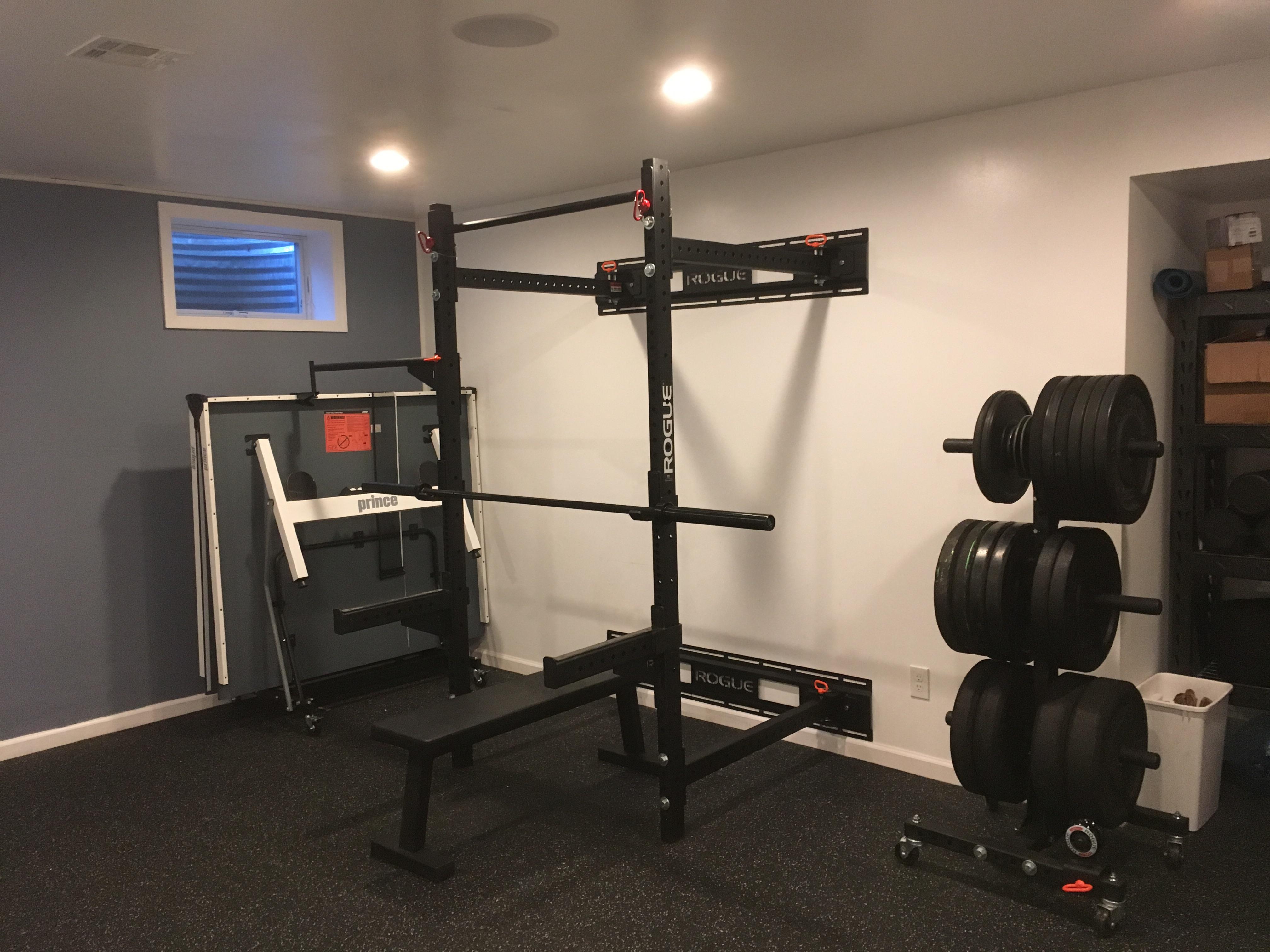
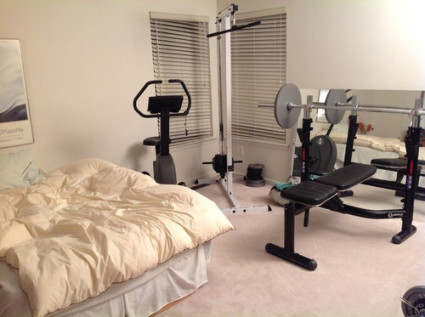
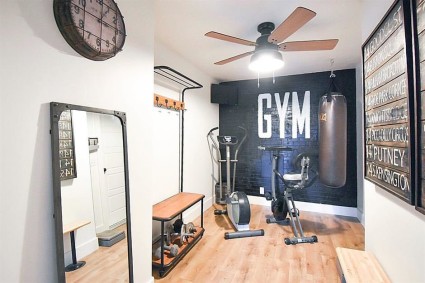
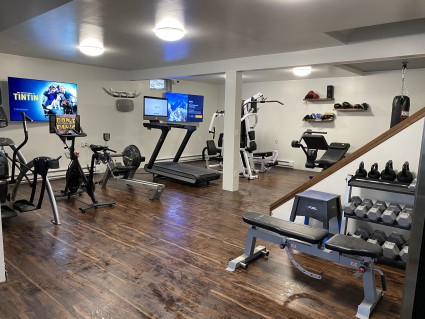
Leave a Reply
You must be logged in to post a comment.